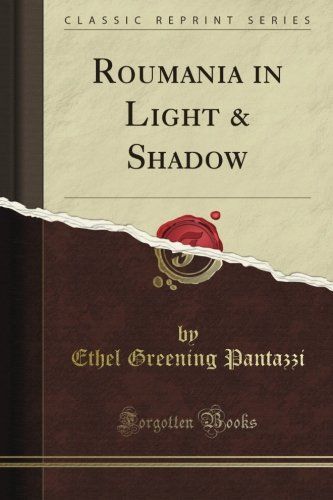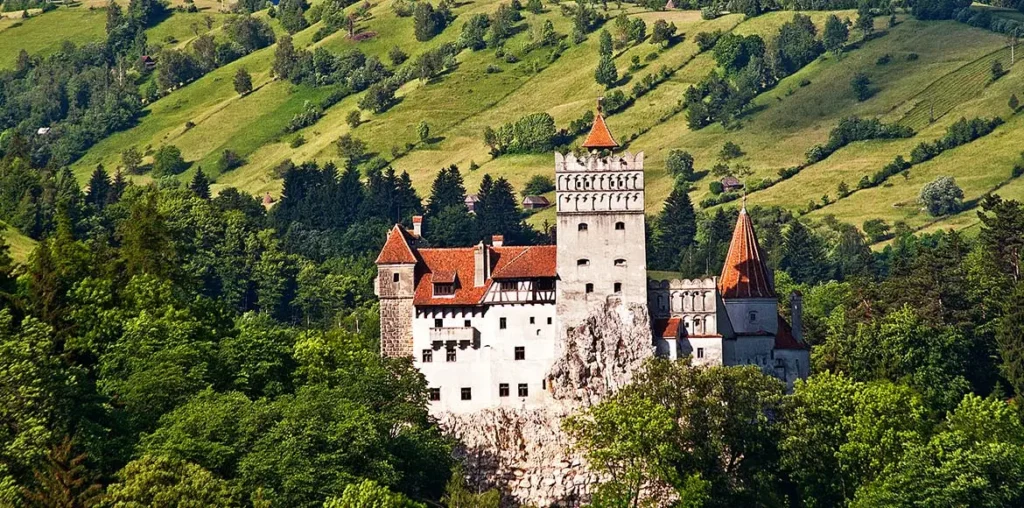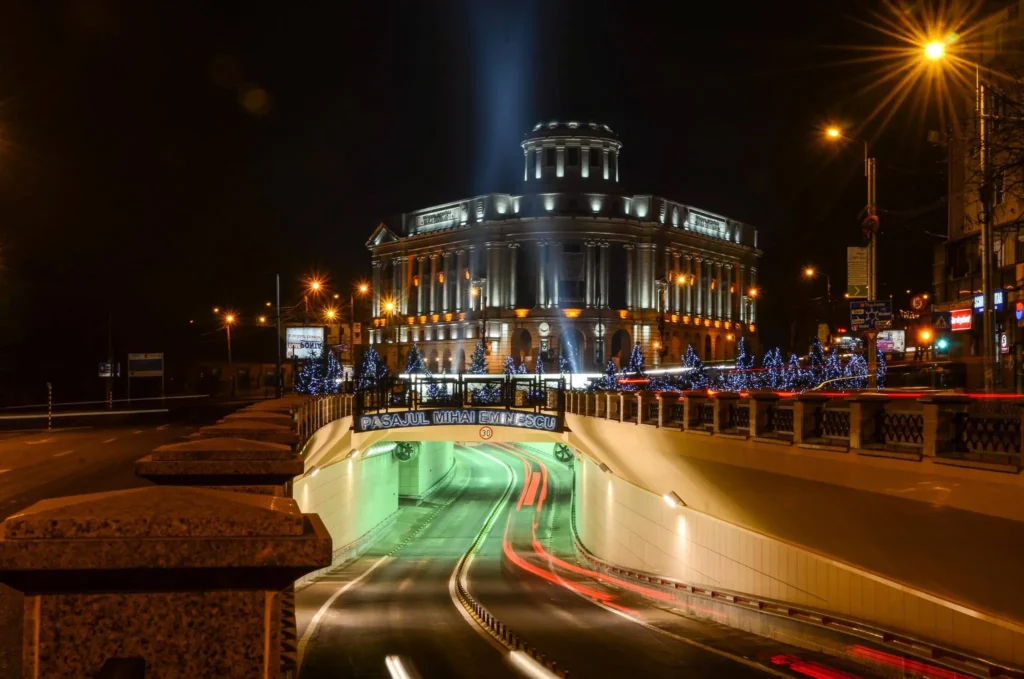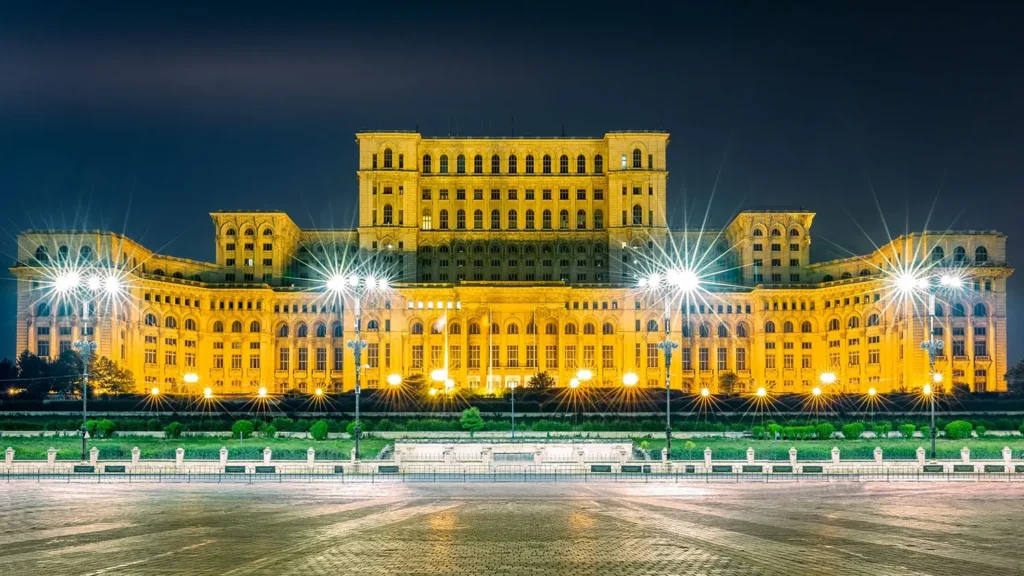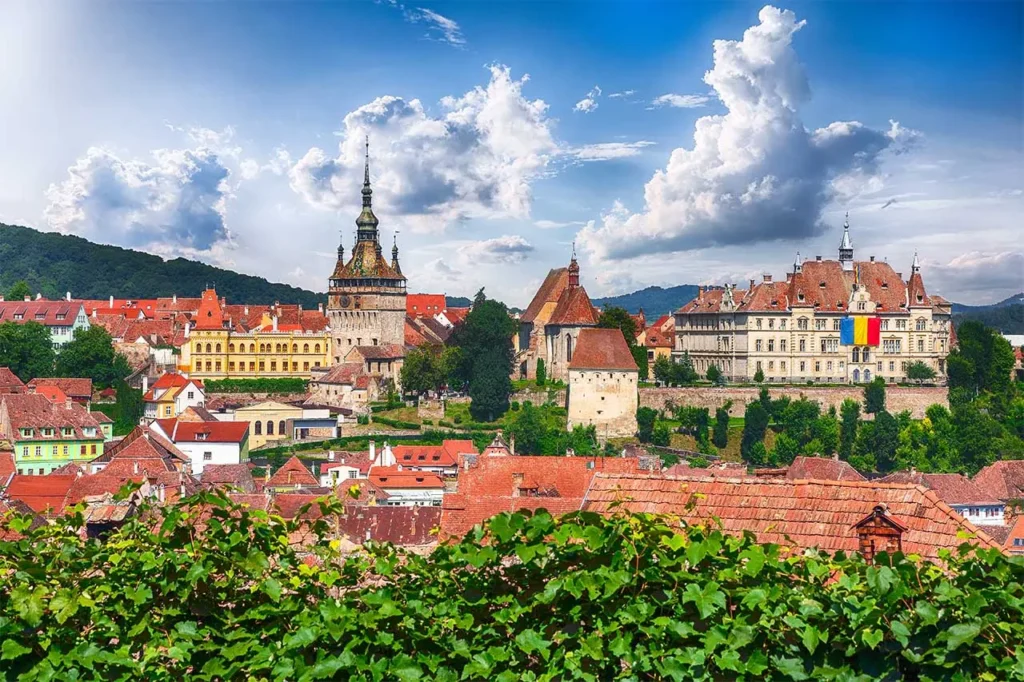Chapters
Before we travel to a new country, we are curious to learn something new about it. We compiled 4 of the books about Romania that really describe the history, traditions, people, and more. These books are covering different times and epoch but together can answer you to many questions about Romania’s evolution and unicity.
1. Robert D. Kaplan- In Europe’s shadow
Robert D. Kaplan first travelled to Eastern Europe as a student in the early 1970s. Later, he returned to Romania in the 1980s as a young reporter, soon after the collapse of the communist block. His career evolved from a reporter for The Atlantic, The Washington Post, The New York Times, The New Republic, The National Interest, Foreign Affairs, and The Wall Street Journal, etc. to the author of books on politics, primarily foreign affairs and travel. His vision of the world’s evolution made Kaplan one of the world’s “top 100 global thinkers, according to Foreign Policy magazine.
Most of his books reveal the influence of geography over the historical and political evolution of today’s world. The “In Europe’s shadow: two cold wars and a thirty-year journey through Romania and beyond” is one of the most personal Kaplan’s books. This book is part history, part travelogue, an analysis of the political situation, and part cultural.
Kaplan’s trips back included a stint just after the Christmas Revolution in 1989; that’s the end with the execution of Nicolae and Elena Ceausescu. When the author went to visit Romania in 2014, he observed the changes that occurred in Romania in 25 years: there was relative prosperity, the cities with terraces and good new hotels, and the locals were full-field by democratic principles. He made a comparison with the Moldova Republic when, after a few days spent there, he entered Romania, and he felt that it was back in Europe. He considers this period to be the best time that Romania ever had after an absurd Stalinist regime, and even if it sounds exaggerated, a Second World war that came to an end here only in 1989.
Like a careful historian, he made a deep analysis of Romanian history. Even the title in Europe shadow is inspired by the continued influence despite three Empires over the Romania territory: Ottoman Empire on the south and East, Russian Empire on the East and north, and Habsburgic Empire on the West. He brings out details that maybe most of the Romanians don’t know and how facts that marked Romanian history 100 years ago are still visible.
With access to all the important Romanian politicians and other public figures like historians and philosophers, we can now see the journalist’s work putting the right questions, explaining where Romania is between the European Union and Russia. For Robert D. Kaplan, Romania is a unique place, a result of the crush between two high civilizations: The Roman Empire represented by Romanian language and the Byzantine Empire represented by Orthodox religion, the answer to why Romania is like this and not like other countries.
For those interested in visiting Romania, the book “In Europe’s Shadow”
can offer a solid framework for understanding the history and politics of the country. In the tradition of great travel writing, Kaplan provides an intense sense of the present. You can feel the influence of Patrick Leigh Fermor in Between the Woods and Water over the author’s descriptions. The way he describes Sighisoara, the only inhabited fortress in Europe, gives you the sentiment of being there, or at least wishing that:
“Sighişoara, on a Saturday in early November 1981, had been a derelict masterpiece. I had left my backpack at the nearly vacant hotel in the lower town and explored on foot the cobblestone streets of the upper town, with their empty storefronts and absence of facilities. I remember there was no toilet, no place to wash my hands even, and only one place to eat—a sordid collection of benches where fatty grilled meat and watery beer were served.
The streets in the autumn of 2014 were teeming with tourists and cluttered with cafés, souvenir stalls, and bunting. The façades had all been freshly painted and, like everywhere in Transylvania, decked with flowering geraniums. There were exquisite inns and antique shops and lush pergolas in manicured courtyards. A band played. As evening fell and the street lamps came on, I espied a sumptuous interior with fine furniture and shades through the window and thought that few things scream money and elegance like soft yellow lighting.”

2. Gregory Rateau – Hoinar prin Romania (Wanderer through Romania)
Gregory Rateau was born in Paris. He lives in Romania, where he is the editor-in-chief of the website lepetitjournal.com/Bucharest, a columnist at Radio Romania International and a writer.
Gregory visited Romania for the first time in 2015 when he and his fiancé Sarah were hired by a Syrian businessman to shoot a documentary about our country. After a long wait, they realized that the project died before they started filming, but they stayed in the country. It was almost summer, and because Sarah was from Romania, they spent the year in the country.
Gregory loved to read Panait Istrati’s novels, which were written by a Romanian working-class writer who wrote in French and Romanian. Because of this love for his work, Gregory wanted to explore the country, to see the people and the traditions in Romania. He wants to see the same country as Panait Istrati described, and he finds it.
He sees Bucharest as a city of contrasts, with posh streets full of restaurants and cafes where only the richest meet to socialize and the other face of the city. The one that is fading away disappears. He loved this face, and in his journeys, he discovers the last hatter in Bucharest. An old man with a bright smile on his face was working in a shop that would be hard to find if one wanted to look for it.
The countryside is stuck in time, with farmers with deep wrinkles and gypsies who still travel and enjoy the sun every single day of the year. Sarah’s family lived a few hours from Bucharest, and most of their weekends were spent there.
The last chapter of the book is about his friend Gigi, who takes him to see how most of the Romanian families used to sacrifice a pig before Christmas, for the meat. Ignat is the day before Christmas when the only allowed activity is to sacrifice the pig and prepare it. Ignat celebrated every year on December 20th. The procession is presented as the end of the year, the end of the life (for the pig), but also the end of the book.
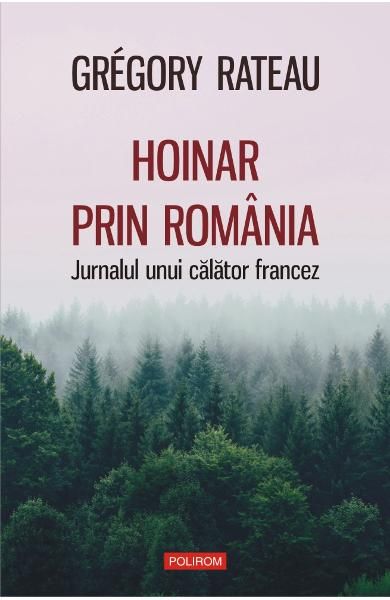
3. Patrick Leigh Fermor “Between the Woods and the Water”
Patrick Leigh Fermor, “Between the Woods and the Water” from the trilogy “A Time of Gifts – On Foot to Constantinople: From the Hook of Holland to the Middle Danube.”
The British writer Patrick Leigh Fermor, also known as Paddy Fermor, is considered one of the most appreciated travel writers in the United Kingdom. His childhood was quite turbulent, being considered a “difficult” child. However, when he reached adulthood, at the age of 18, he interrupted his studies and decided to travel on foot from the Netherlands to Constinanopole.
“Between the Woods and the Water” is the second book in a series of three that narrates his journey through Europe: “A Time of Gifts,” “Between the Woods and the Water,” and “The Broken Road.” He puts all this adventure on paper only 40 years later. But the memories seem just as alive as at the time of his journey. Due to this trilogy, BBC described him as “a cross between Indiana Jones, James Bond, and Graham Greene.”
Spatially, the action takes place from the Austrian border to the Iron Gates of the Danube. It is described in detail Transylvania, a picturesque area with villages and mansions that still preserves the atmosphere of the ancient nobles. These old noble families were still present in the territory during the interwar period. The book relates how historical and political events over time have influenced the Transylvanian world. Which also gives originality to the book and makes it a masterpiece. Cosmetics are missing, which makes room for the author’s fascination for people, for diversity, for foreign languages , and history. He speaks freely and meticulously about almost everything: the picturesque landscapes that vary along the way, cultural diversity, political issues throughout history, geography and geology, cultural life, and many more.
The book presents his journey from Hungary to Transylvania, now part of the Kingdom of Romania. An adaptable soul, he is liked by everyone he meets on his way. He is hosted by Hungarian and Romanian nobles, as well as he is warmly welcomed in gypsy communities or by shepherds in the sheepfold. Thus, those interactions result in an image of a society of contrasts. The author’s adaptability to the two worlds is impressive. It is a way to understand the characteristics of this space better.
His passion for history even challenges him to ascertain the conflict between Hungarians and Romanians for the same territory: Transylvania. A problem so intensely debated over time that the arguments of both parties, in their logic and belief, seem equally valid in the opinion of the protagonist.
Even if sometimes the details seem too numerous and the action less present, it is ultimately an excellent travel book. At the same time, it is a book that objectively explains the history of the place, the rather complicated social and political life, in the Carpathian-Danubian space, before the Second World War.

4. Ethel Greening Pantazzi – Romania in light and shadow
Ethel Greening Pantazzi, born in 1880 in Hamilton – Ontario, Canada, is a young Canadian woman coming from a British colony immigrant family.
In 1908 she met Vasile Pantazzi, the Romanian commander on a vessel in Hong Kong during a voyage. Very soon, he will become her husband, and on the occasion of their marriage, she will move to Romania.
All this time, she is writing her diary that reflects the Romanian society through her eyes, a foreigner who arrived here for the first time. Thus, the book is sprinkled with honest and objective descriptions that stir curiosity.
Ethel divides her diary into two stages: before and after World War I.
1909-1916, Romania in light is the Romania of the Belle Époque. It is a society that begins to be touched by modernity and by the bohemian atmosphere of the West. But at the same time, it preserves its ancient customs. Still, medieval Romania is described as a place “you could easily transport in the 15th century”. The “initiation journey” begins with Galati, a city on the Danube, the largest river port in the country, a harbour where her husband is the captain. Even though the city was quite cosmopolitan, the writer will still be intrigued by the archaic and strange habits of the people. Later on, she will move to Bucharest, from where she is describing the high Romanian society of the times. Aristocracy and bourgeoisie educated in the West, but with the same Balkan spirit. The peaceful life here took a different turn in the summer of 1916 when the air raids over Bucharest announced Romania’s entry into the First World War.
1916-1919 Romania in shadow, the period of the first Great Conflagration. The period when the family is fleeing to Iasi and then to Odessa. Their first stop in Iasi, the former capital of the historical region of Moldavia, now the refuge capital of Romania, is a crowded place, where disease (typhus epidemic was wreaking havoc) and hunger prevailed. An all this took place in a terribly frosty winter of 1916.
The following escape to Odessa does not bring the long-awaited peace and security. The Bolshevik revolution also reached the city on the Black Sea coast.
Thus, the culmination of the book takes place here, when the Bolsheviks take the commander Vasile Pantazzi, along with his crew prisoners. Our protagonist intervenes next to her countryman, the Canadian Colonel Joseph Boyle, for their release. They are saved, and after this event, the war ends with the victory of the Allied Powers, of which Romania was a part.
The outcome is a symbolic one, the Pantazzi couple arriving in the “city of lights,” Paris. Their final journey is possible mostly since the commander was one of Romania’s delegates to the Paris Peace Conference.
Overall, “Romania in light and shadow” reveals a country of contrasts. A cultural mix, which lasts until today both in times of peace and war. A place where the West and East meet. As the author describes: “My opinion is that Romanians have a temperament similar to the Italians and, although their minds possess the logic and clarity characteristic of the Latin races, they have the same inclination towards mysticism and fatalism that it can be found in Turks or Russians.”
